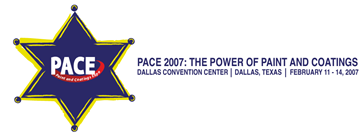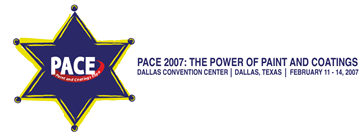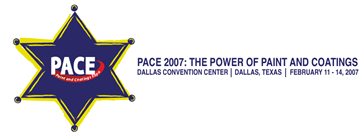Search
Anti-Graffiti in the Lone Star State
Also Purchased
Concrete Surface Preparation, Using UHP Water Jets
Product Number:
41207-381-SG
Publication Date:
2007
$20.00
Coating Specialty Surfaces: Hardwoods and Composited. What’s Different?
Product Number:
41207-370-SG
Publication Date:
2007
$20.00
Recently viewed




